Blog
Filters
Overview of all messages

Dirk on his reporting traineeship at Rabobank
Dirk Harmelink found himself at a crossroads after completing his master’s in Finance. He was ready to start applying for jobs - but where do you begin? In the end, his traineeship led him exactl...
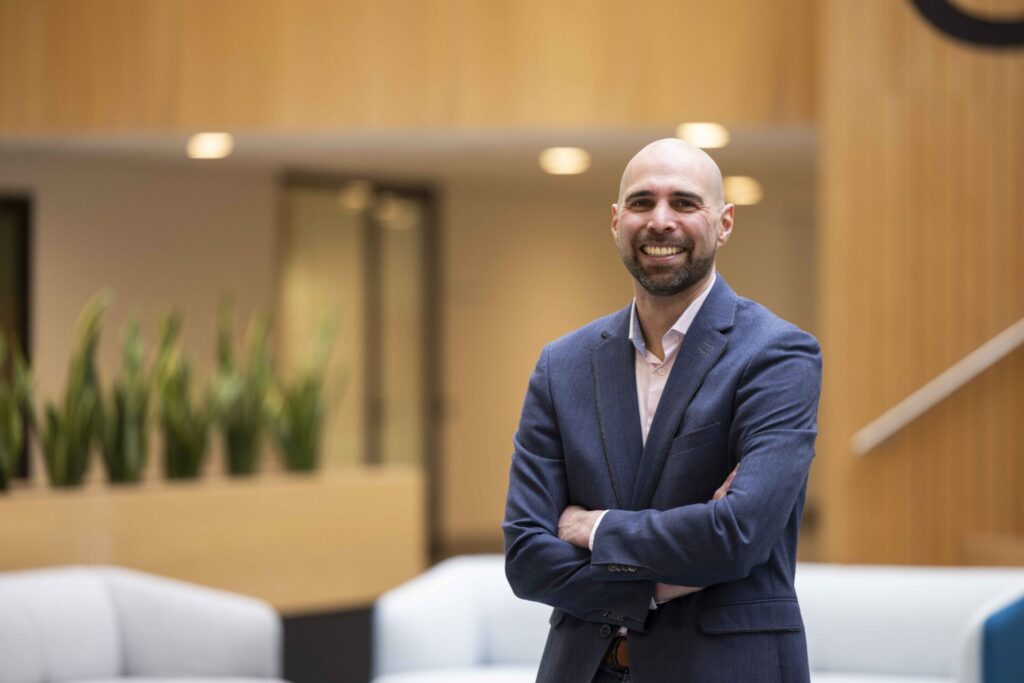
Young talent strengthens ABN AMRO Hypotheken Groep
Attracting young talent is crucial for organisations that want to grow and innovate. At ABN AMRO Hypotheken Groep, this plays a key role in remaining future-proof and keeping up with a rapidly chan...
Client cases
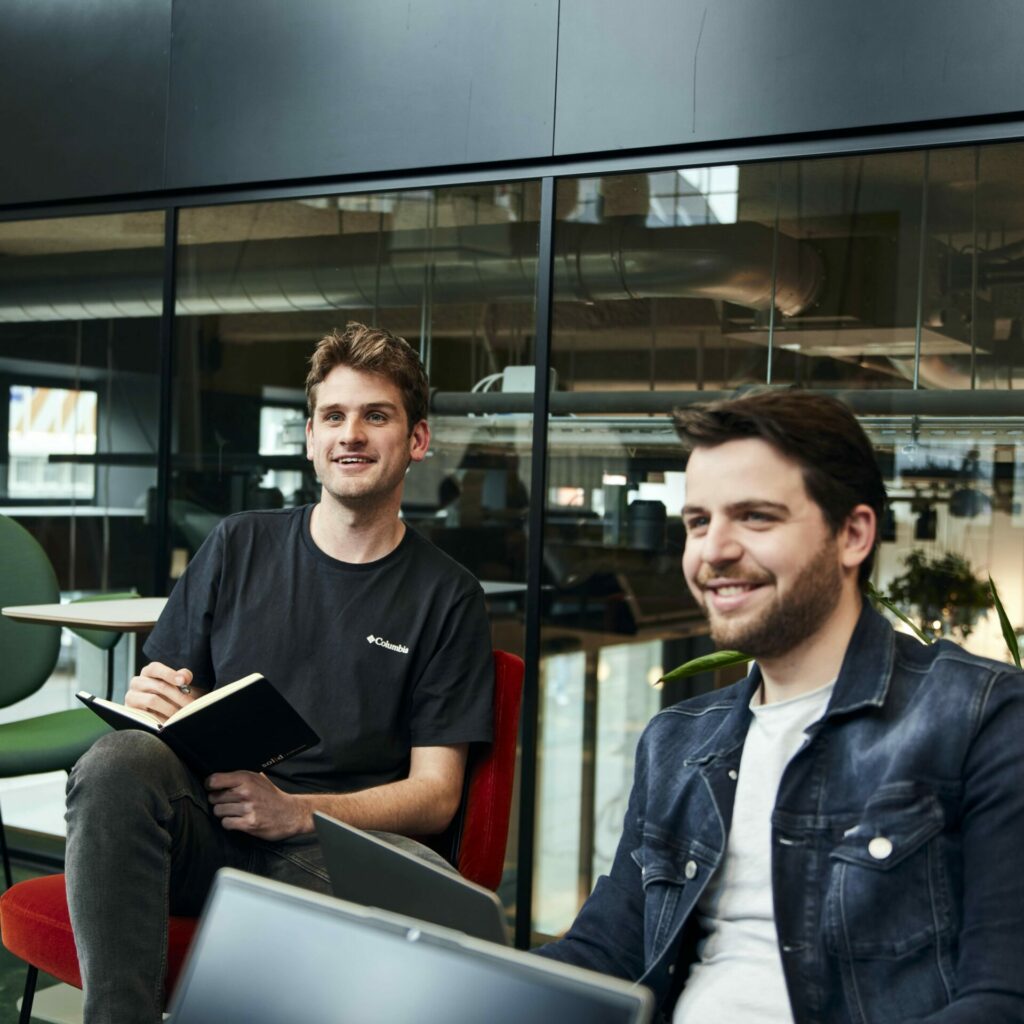
Why data scientist isn’t your first job
You’re not the only one. More and more students are completing a degree in Data Science, AI or Business Analytics and want to start working as a data scientist straight away. But when you check j...
Traineeships

How to build a killer resume before you graduate
Preparing for life after graduation? It might seem far off, but if you start now, you'll have a head start on everyone else. How do you create a resumethat quickly lands you a great job? Recruiter ...
Job interview tips

Starting as a Junior Network Architect at ABN AMRO
Degree in hand? Time for the next step: your first real job! You may have heard of our traineeship, but what’s it really like? What does a typical workday involve, and what support will you recei...
Experiences

Trend analysis: from a tight labour market to a diverse team
It’s increasingly common to encounter international colleagues in the workplace. In the Netherlands, 1 in 12 online job vacancies is already non-Dutch speaking; in Amsterdam, this rises to 1 in 4...
For employers

Your role as a manager in a multicultural team
The Dutch business landscape is becoming increasingly international, a trend accelerated by the tight labour market. However, greater diversity also brings new challenges. How can you ensure the su...
For employers

How can you maintain a healthy work-life balance?
When you're just starting out in your career, you want to perform well, but setting boundaries can be challenging. In fact, 31% of young professionals take on extra hours and heavy workloads. The r...
Traineeships
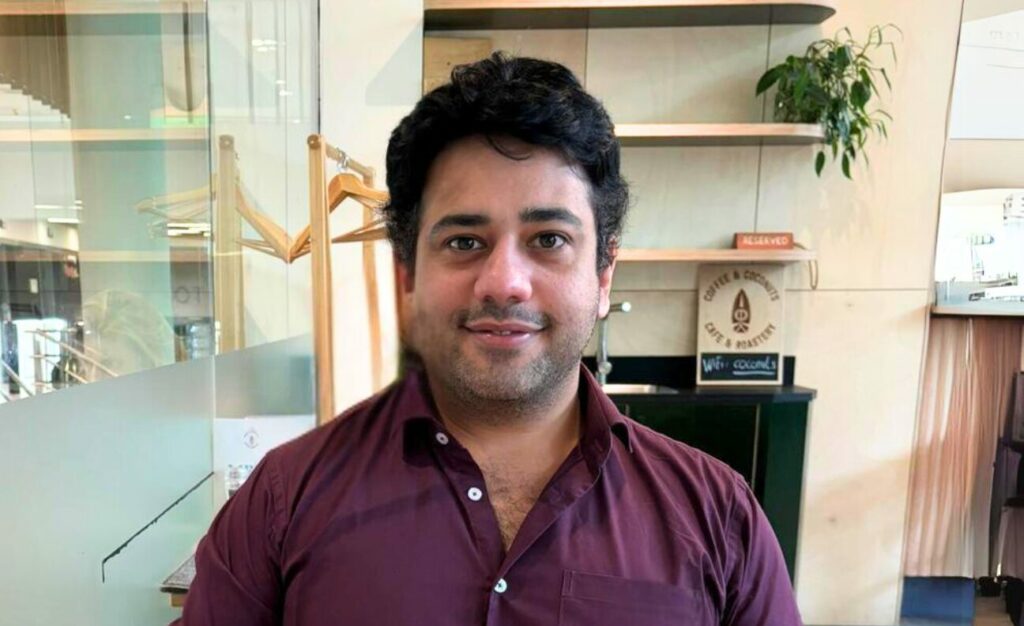
Chaudhry on his traineeship at ABN AMRO
When Chaudhry started searching for his first ‚Äúgrown-up job,‚ÄĚ he knew it wouldn‚Äôt be easy, but he didn‚Äôt expect it to be this hard. Despite his background in finance, breaking into the bank...
Experiences

Jisse’s first year in financial consultancy
Starting a career in consultancy is about more than landing a job‚ÄĒit's about finding the right fit. Jisse, one of our young consultants, found his perfect place within our consultancy team after ...
Experiences

Beshoy on his financial risk traineeship at ING
Just two years ago, Beshoy had no clue that his dream job would end up being in the financial sector. During his traineeship, he faced a bunch of personal challenges, gained some real insights into...
Experiences

Workplace communication: do’s & don’ts
How you communicate at work can make or break your experience. Nail it, and you’ll thrive; mess it up, and you’re looking at frustration, extra work, and awkward moments with your colleagues. S...
Traineeships

How to get your team on board with changes as a manager
Changes in the workplace are inevitable. As a manager, it's your job to guide your team smoothly through these transitions. This can be challenging, especially when you notice some colleagues strug...
For employers

How do you handle a job offer for your first job?
The exciting phone call or long-awaited email has finally arrived: you've been offered a job! But what now? Whether you're super excited and want to say "yes" immediately, are still unsure and need...
Job interview tips

How to provide guidance to young talent as a manager
As a manager, you often have insufficient time for the intensive guidance of young talent, even though they greatly need consistent support. In this blog, we will explain how you can still provide ...
For employers

6 soft skills every young professional should have
Beyond the technical skills you developed during your studies, soft skills are equally important for professional success. Skills like effective communication, time management, and adaptability are...
Traineeships
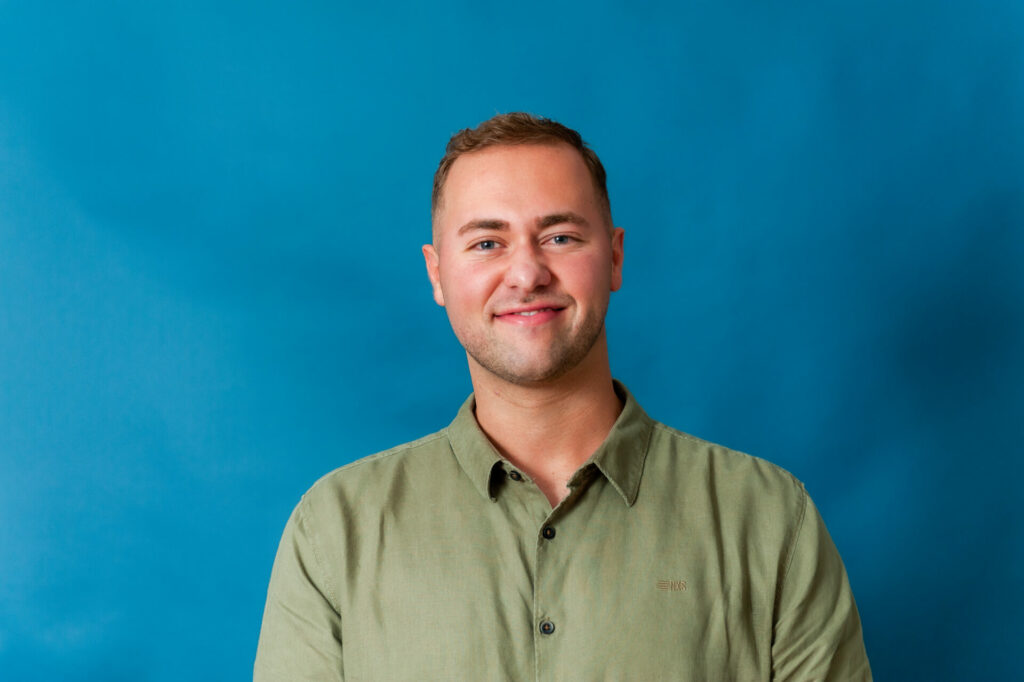
A guideline for your conversation with a recruiter
You are (almost) graduated and might already be busy figuring out what you want to do next. Perhaps you even have your first job interviews lined up, including one with a recruiter. An initial conv...
Job interview tips

How to connect generation Z to your organisation
Generation Z is frequently labelled as "job hoppers," a peculiar notion given their quest for stability and potential loyalty towards a commendable employer. To retain young employees within your o...
For employers

Craft your ideal team with strategic workforce planning
High workloads and constant deadlines often push organisations into a cycle of ad-hoc hiring, where vacancies are filled swiftly without considering the long-term implications. This can result in a...
For employers

How to engage with Generation Z?
The job market is greeting a new cohort: Generation Z. This group not only introduces a fresh perspective but also carries novel expectations into the workplace. Successfully recruiting Gen Z neces...
For employers

How to write an inclusive job vacancy
Having a diverse and inclusive team starts with the right job vacancy. When you use too much jargon or masculine language, you risk missing out on your ideal candidate. This results in a team that ...
For employers
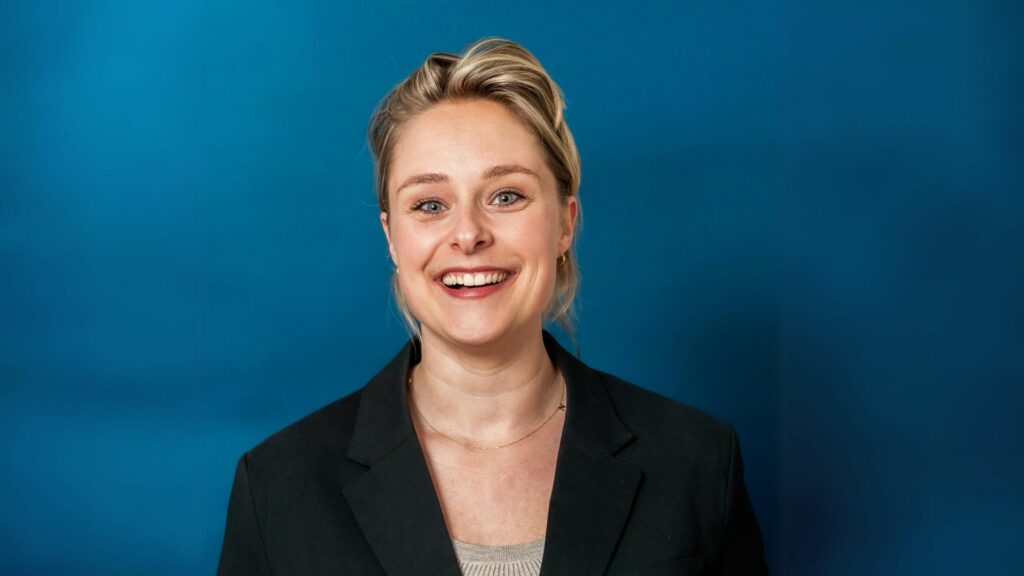
Who is Gen Z?
They are innovative, always online and everything is open for discussion. We're talking about Gen Z, the generation that's currently transitioning into young professionals in the job market. They n...
For employers

Understanding your applicant thoroughly: Guidance for managers
Managers often encounter this scenario: a candidate appears ideal on paper and performs well during interviews, yet doesn’t turn out to be the perfect fit once employed. This situation is frustra...
For employers

How to work well with your boomer colleagues
Imagine finding yourself in a team full of boomers. The people who type with just two fingers, completely fail to grasp your dream of working remotely from Bali, and are baffled by the simplest tec...
Traineeships

Tjardo on his Actuarial Traineeship at MN
Young professional Tjardo wasn't sure about his career path right after graduating. Understandable, with an overflowing inbox full of recruiters and insufficient experience to choose a clear direct...
Experiences

How a talent manager guides managers
As a manager, you often have limited time to guide starting professionals in your company. A talent manager can significantly ease this responsibility for you. While you, as a manager, monitor the ...
For employers
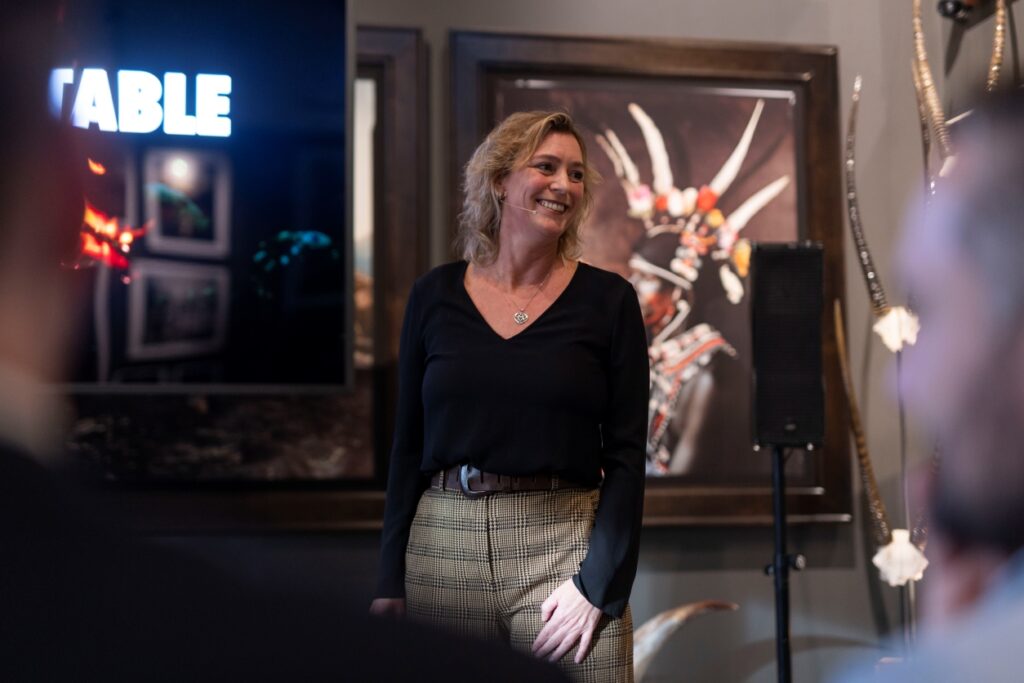
Wonder and inspiration with Jimmy Nelson & Jitske Kramer
"After 27 years in the financial sector, it's time for new insights," says Jeroen Groothuis, taking a big bite of blueberry yogurt from a black stone bowl. "That's why I'm here. If you don't keep l...
For employers

Data engineer Andrea about her traineeship at ABN AMRO
Young professional Andrea Castrillon has been working as a data engineer at ABN AMRO bank for almost a year now, and she's loving it! With her small and international team, she is part of the regul...
Experiences

A career as a business analyst
Banks, insurance companies, and pension funds are dynamic but also complex organisations. Consultant Figou shares: "When I started working, I actually had no clear idea of what a bank looks like on...
Traineeships

Exploring finance roles within a bank
Banks are dynamic and yet complex organisations. As a recent graduate, you might not yet have a clear picture of how a bank operates. This might get you wondering: What are the different department...
Traineeships

The 4 different generations in the office
From baby boomers to Gen Z: for the first time, the workplace is home to four generations simultaneously. Each with their own opinions and personal preferences. This is something that can lead to c...
For employers
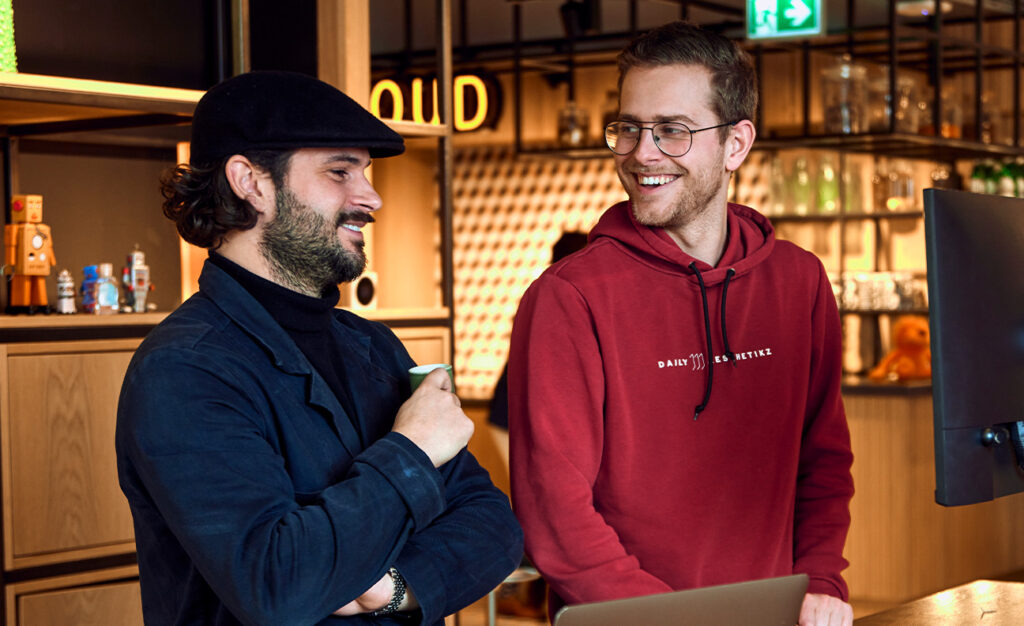
How to manage generational diversity in the workplace
The modern workplace is more diverse than ever, with Baby boomers, Gen Xers, Millennials, and Gen Zers all working together. And while this mix can lead to clashes, it also offers a wealth of oppor...
For employers

Mees on his work as an account manager
Working with great people, fun colleagues, and a lot of freedom. That's what makes working at Solid Professionals so enjoyable, according to Mees Goosen. He’s been working as an account manager f...
Experiences
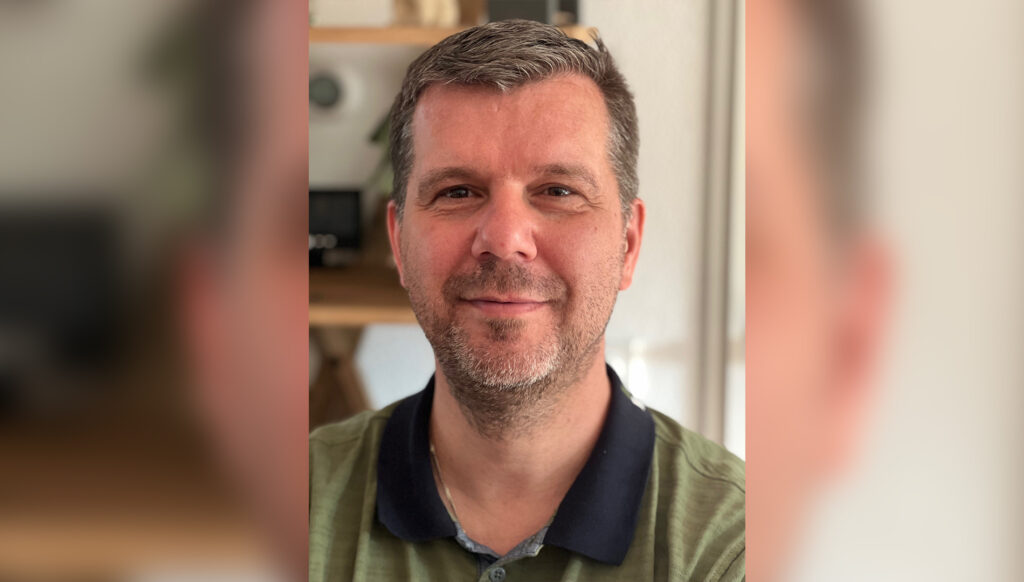
This is how ABF brings in young talent
Finding the right people, especially experienced individuals, is challenging for many managers. Peter Ahsmann, IT Engineering Lead at Asset Based Finance (ABF), a subsidiary of ABN AMRO, faced the ...
Client cases
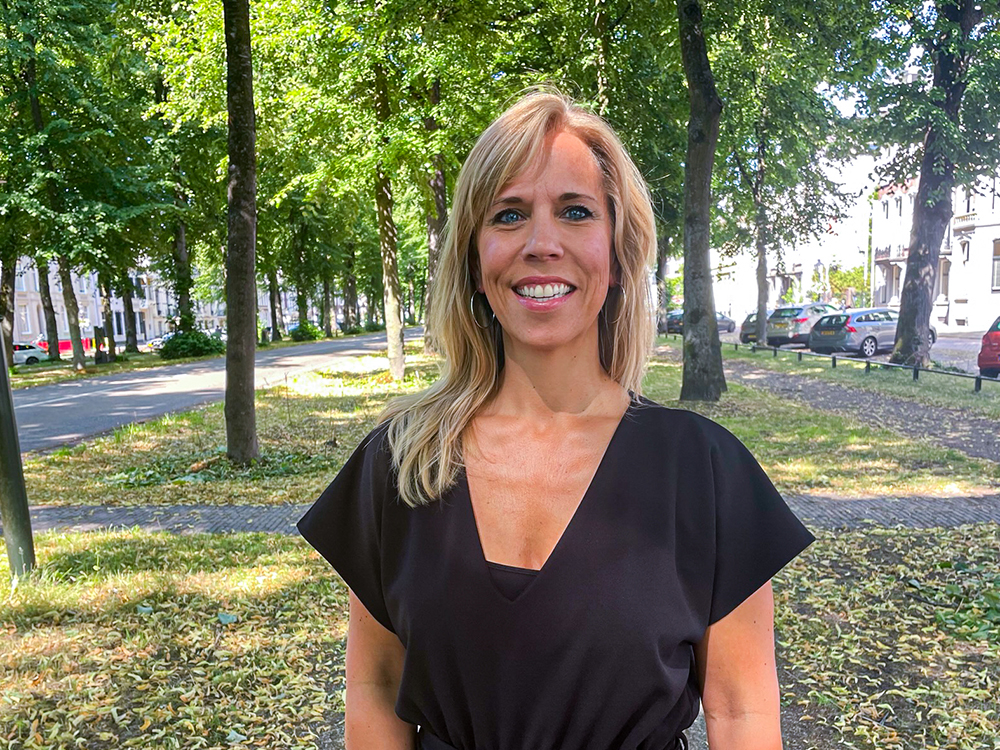
How inspiring am I (still) as a manager?
It's rarely a requirement in job adverts, seldom discussed in the workplace, and has a different meaning for everyone: inspiration. Nevertheless, inspiration is often the reason why employees stay ...
For employers

Use the STARR method during your job interview
Do you have a job interview coming up soon? Then you want to make a good impression. This is the perfect moment to demonstrate where your strengths lie! ūüöÄ Everyone can claim that they're really ...
Job interview tips

27 questions you can ask during a job interview
By asking thoughtful questions during a job interview, you get to know the company better and leave a strong impression on the employer! But which questions should you ask? ūüí° To help you out, we...
Job interview tips

6 reasons why a talent manager is really chill
When you are nearing graduation and starting your first full-time job, a lot of new things are coming your way. ūüíľ And with that, numerous new challenges will arise! It‚Äôs nice to have someone t...
Traineeships

This is how you prepare for a job interview
ūüéď You‚Äôve completed your studies, picked up your degree, and are all set to start your grown-up (working) life! You explore a bit, apply to a couple of jobs, and then‚Ķit‚Äôs time for the job ...
Job interview tips

‚Äč‚Äč‚ÄčiOS-developer Redo about his traineeship at Tikkie
It took him a while to get here. Literally. Redo had to travel all the way from Java, Indonesia, to get started with his traineeship here at Solid Professionals. But it was worth the trip, as he ha...
Experiences

10 tips for the perfect resume
You‚Äôve just got your degree and are ready to enter the job market. ūüĎ®‚Äćūüéď A standout resume will definitely help you get the attention you need! But where to start? What should (and shouldn‚...
Job interview tips
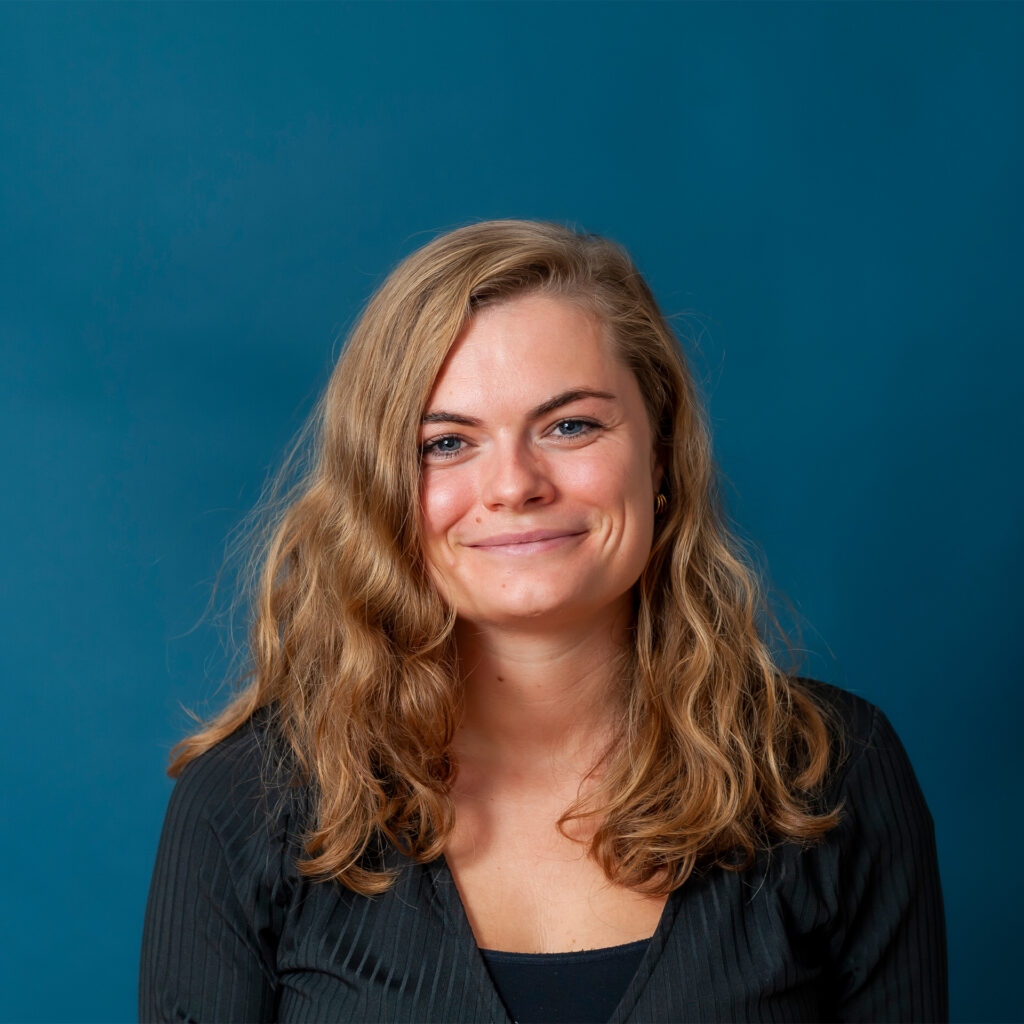
Moving up from starter to Managing Consultant
After finishing a bachelor's degree in Business Administration and a pre-master, consultant Marianne Reussing graduated from the University of Groningen in 2018 with an MSc in Business Administrati...
Experiences
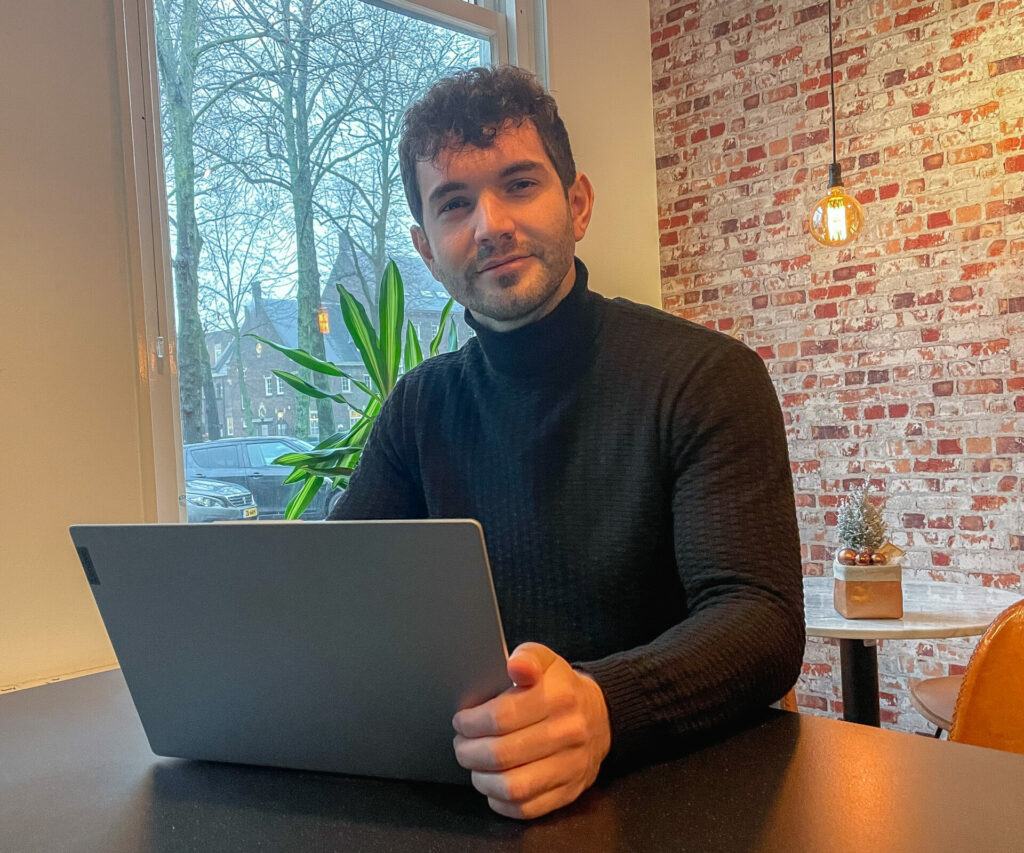
A career as a Capital Risk Manager
Starting in December 2022, Musa Abdullazade has been working at LeasePlan as a Capital Risk Manager. During his application, he was still living and working in Hungary. After successfully being gra...
Experiences

Consultant Robbert Woldring about his training grounds
A year and a half ago, consultant Robbert Woldring graduated from Tilburg University with a Master's in Finance. He has been working for Solid Professionals since the beginning of 2022. “At Solid...
Experiences

Choosing a traineeship? Check out these 10 things!
A traineeship is a great start to your career: you gain a lot of work experience quickly and develop your talent at lightning speed. ūüöÄ But there are so many! How do you make sure you‚Äôre select...
Traineeships
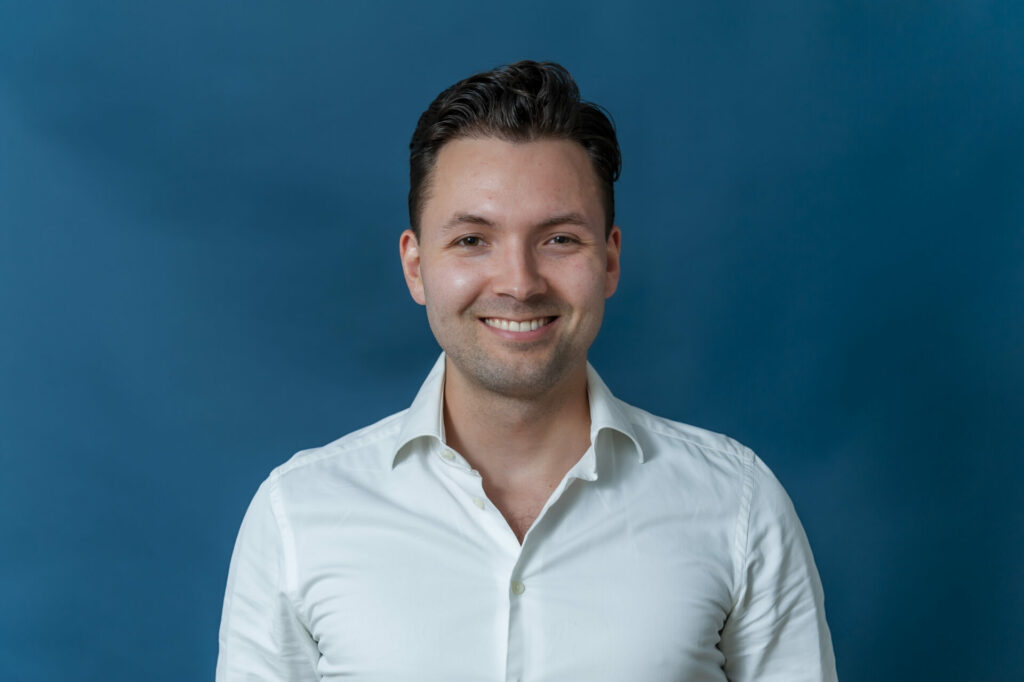
From Master in Finance to financial analyst at ABN AMRO
Alexander Bingel is a financial planning analyst at ABN AMRO via our traineeship. ūüíł In this blog, he‚Äôll take you along in his day-to-day life at the bank and tell you how he uses his training ...
Experiences

Why a traineeship is the best start to your career
You‚Äôre almost done with university and standing at the beginning of your career. The world is your oyster. ūüéďūüí™ You want to gain some more work experience and expand your skill set at the sam...
Traineeships

Getting started in finance? These are the skills to have
During the past years, finance has become more and more data-driven. Something that hasn’t gone unnoticed by Sabine, the Director here at Solid Professionals. She can see that this development is...
Traineeships

Discover what drives you with the Golden Circle
Talent manager Tim Vos guides and supervises recent graduates who are starting their first 'real' job in the financial sector. An important part of his work is coaching young professionals in their...
Traineeships
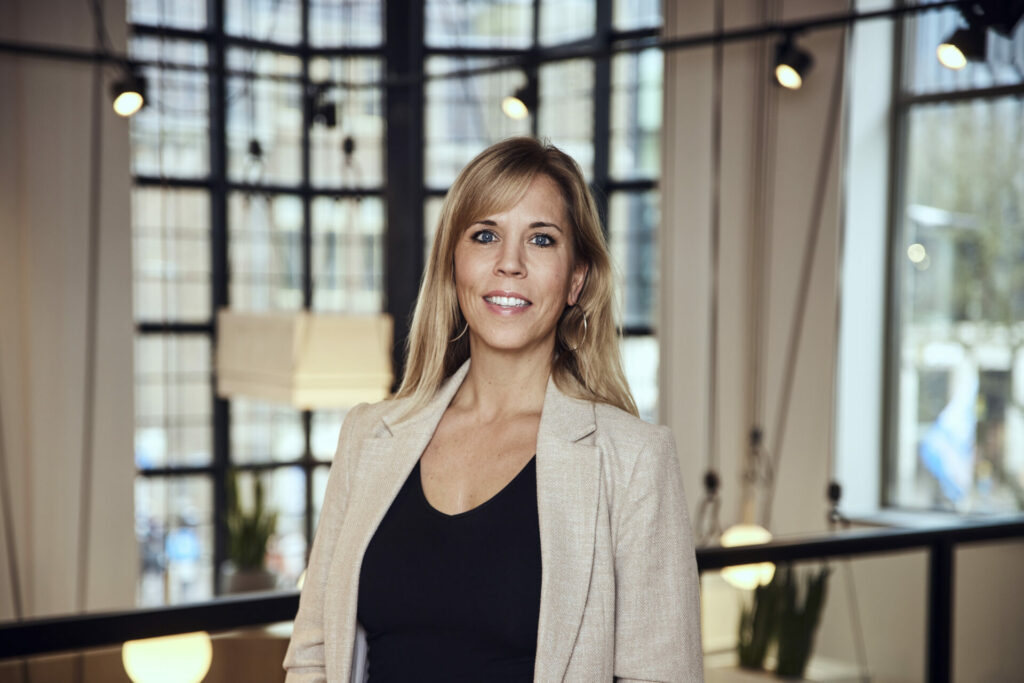
Create an environment people want to work in
I recently listened to an episode of WorkLife, a podcast by Adam Grant, with the title: The Not-So-Great Resignation. During this episode, organisational psychologist Grant states that in 2021, abo...
For employers

How to handle your first job
You’ve just graduated (or are about to), and grown-up life is about to start. You don’t quite know what your first job will be, but one thing is for sure; whatever it is, you want to ace it. Ta...
Traineeships
